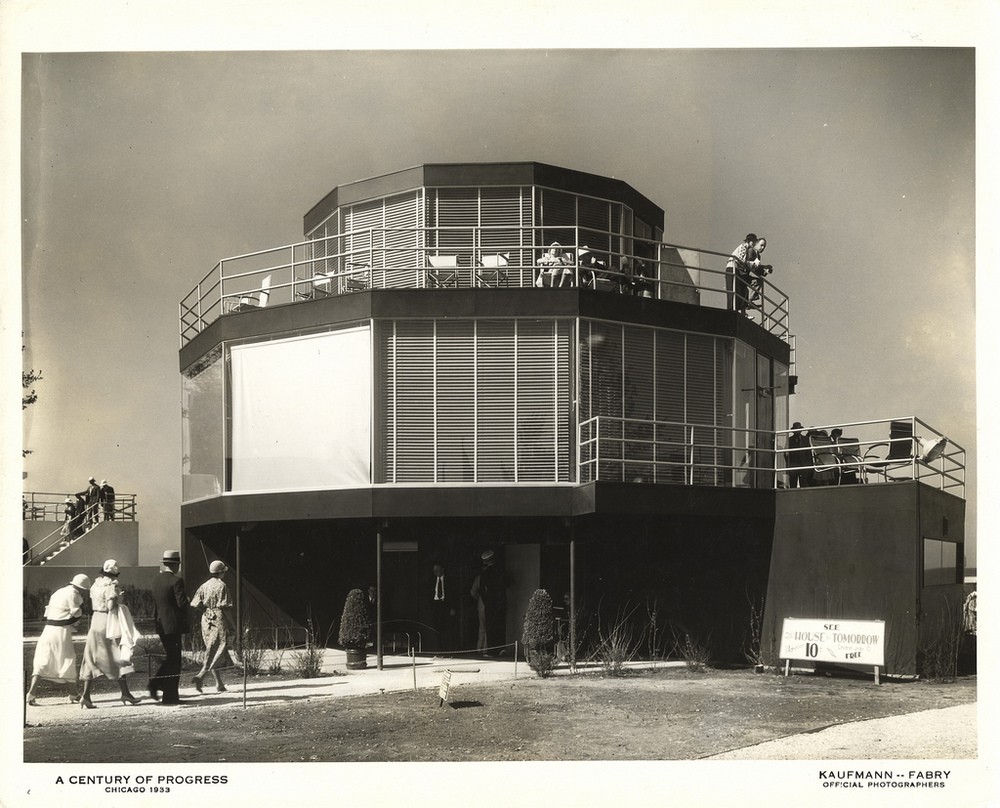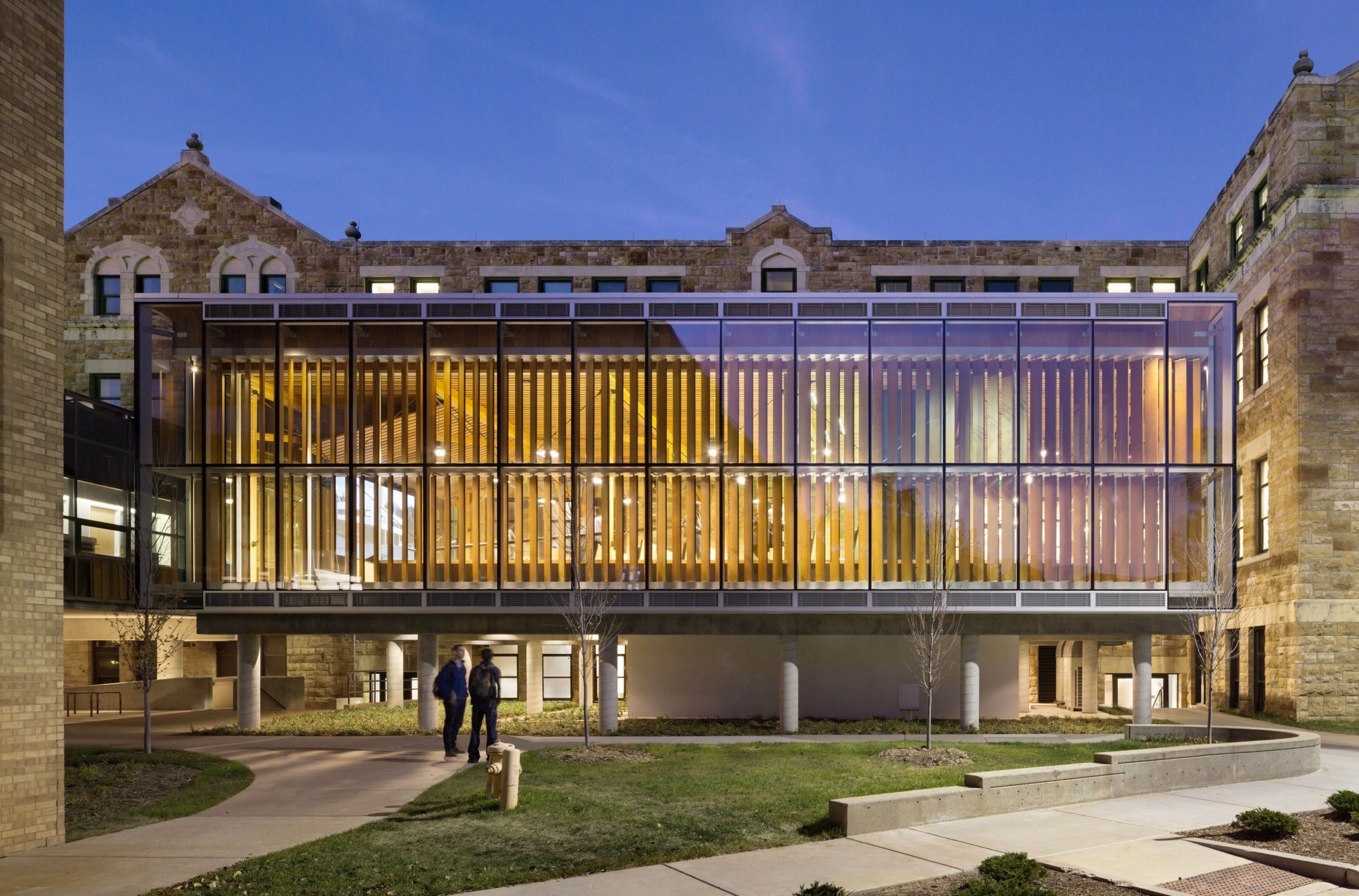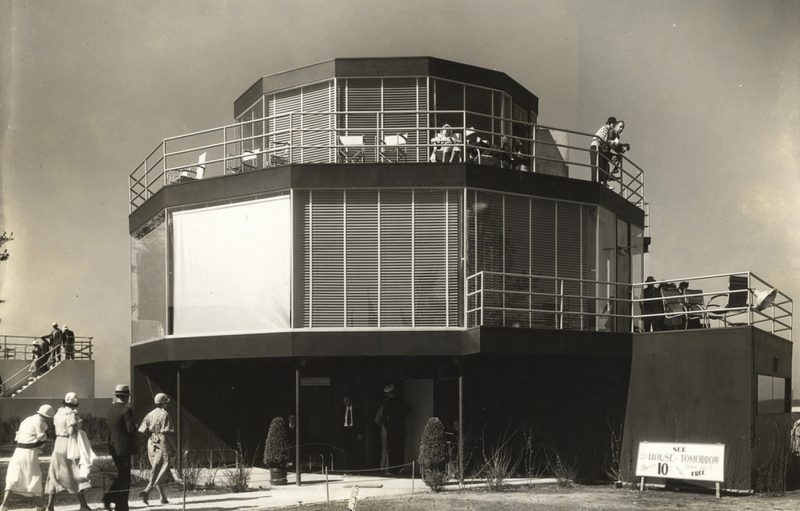
Passive solar design, a process where windows, walls and floors of homes collect and circulate solar energy in the form of heat in the winter, saw an increase in popularity during the mid 1900s. The technique dates back several hundred years, when early American settlers meticulously planned where they built their pueblos in order to have access to the southern sun.
Taking advantage of the climate stands out as one of the most important aspects of passive solar design. Elements like window placement and types of thermal insulation can be scaled up or scaled down depending on the coldness or warmth of a climate.

George F. Keck, the first architect to pioneer passive solar house design, created an all-glass house named “The House of Tomorrow” in 1933. Unfortunately, the all-glass design put so much stress on the air conditioning system that it ended up failing.
Still, Keck’s original design inspired Howard Sloan, a real estate developer, to hire Keck to design houses with passive solar design. A “solar house” movement boomed in the 1940s because of Keck and Sloan. Frank Lloyd Wright even started to use solar design for his buildings.
Passive solar design has increased in popularity since the midcentury because of the environmentally friendly nature of the process. Unlike active solar design, which uses electrical and mechanical devices to collect energy, passive solar design can work just as effectively and take less energy and money to do so.












